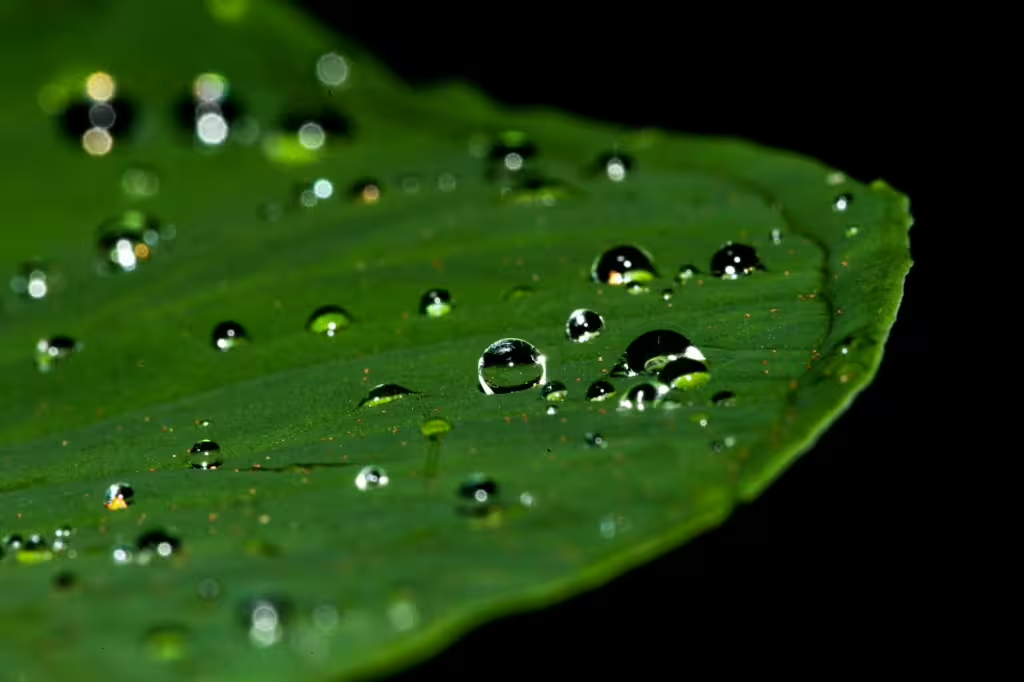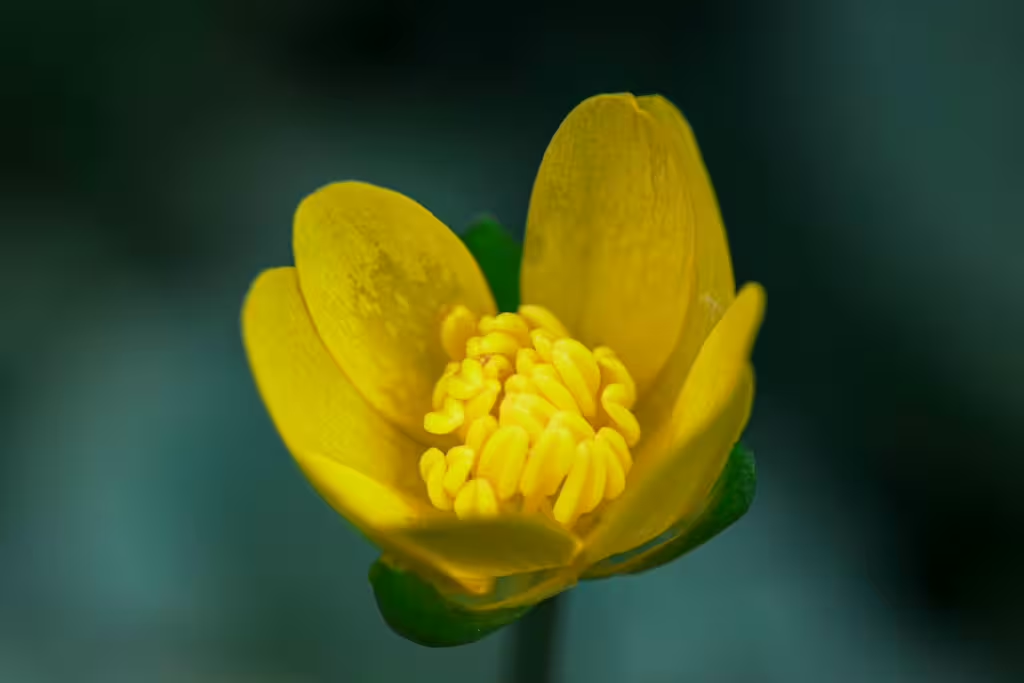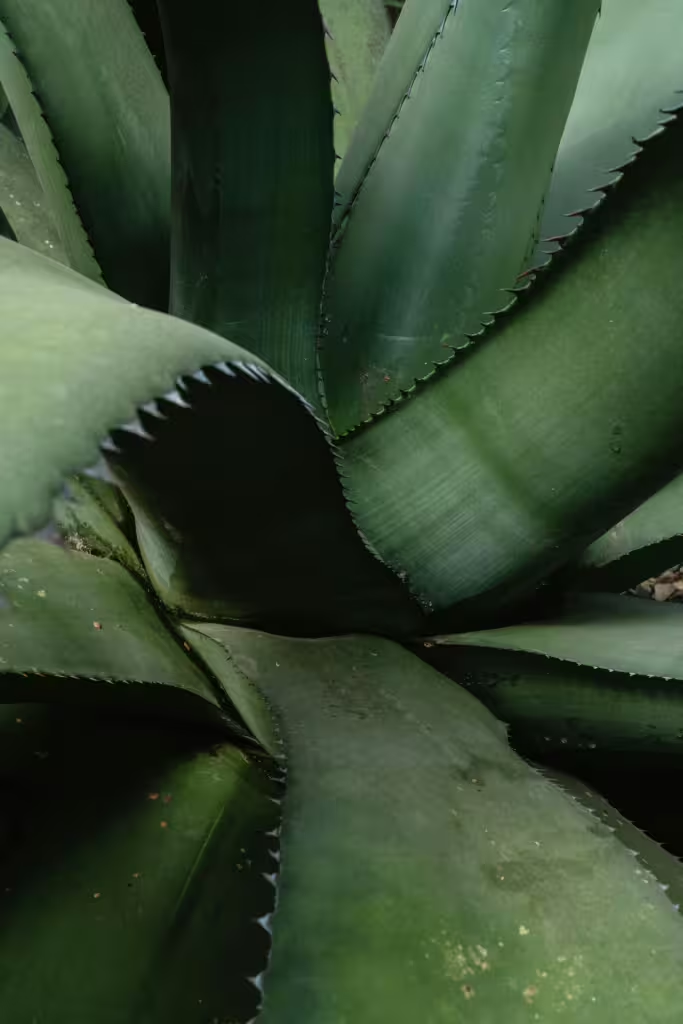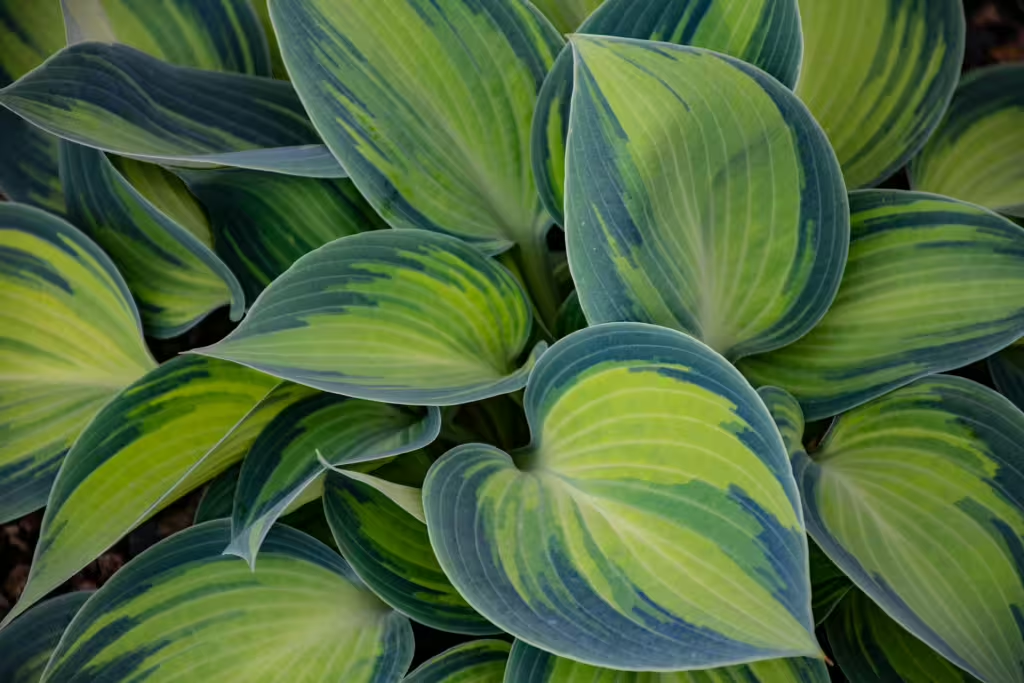When we look at a plant, one of the most striking things we notice is the shape, color, and size of its leaves. Leaves can tell us an awful lot about a plant. They can explain how that plant takes in sunlight, how it survives in inclement weather, and how healthy that plant actually is. This is important, because unhealthy or otherwise blighted leaves on even a single plant, could be a dire concern for all surrounding greenery.
The thing is, even if we are bedazzled by them, the vast majority of us don’t really understand the true purpose of leaves. Though their primary role is photosynthesis, the process that converts sunlight into energy, they are responsible for many other facets of a plant’s existence. Leaves are among the most diverse and adaptive structures on any living organism and they are shaped by different environmental conditions in many different ways. Each different type of leaf serves a unique function that enhances the survival of the plant to whom it is attached.
Across the world, plants have evolved leaves that help them retain water, deter herbivores, capture prey, or even reproduce. While some leaves are designed to endure extreme cold, others enable plants to thrive in some of the hottest, most humid, or most arid conditions on the planet.
In this article, we will discuss the ecological importance of leaves and discuss how they have played a significant role in both human culture and medicine for centuries. As we dive in, we will explore a number of fascinating examples of unique leaf structures and their adaptations. Finally, we will take time to examine some of the threats plants face in this ever-changing world of ours.
Needle Leaves (Pine Trees – Pinaceae Family)

Most readers might not realize that the sharp, waxy needles commonly found on coniferous trees such as pines, spruces, and firs, are actually leaves. That’s right, these needle-shaped leaves have evolved over the millennia as a means to mitigate water loss in some of the coldest, driest climates on the planet.
The thick cuticle and small surface area of pine needles helps conifers to conserve moisture and protects the tree from hungry herbivores, many of which cannot abide eating these sharp, strange leaves. Notably, pine trees also release certain chemicals through their leaves that make them even more unappealing to hungry herbivores. That said, some animals like elk will eat pine needles when other food is scarce. They are even edible to humans, if prepared properly.
The waxy coating that surrounds the leaves further reduces water loss, helping these plants to survive in freezing temperatures. Additionally, needle-like leaves have proven to be quite hardy and are resistant to strong winds, which prevents the tree from sustaining excessive damage during storms. Together, these adaptations enable conifers to remain evergreen, continuing photosynthesis even in the winter months when most deciduous trees have already shed their leaves and entered a state of hibernation.
Broad Leaves (Tropical Rainforest Trees – Various Families)
In tropical rainforests, where heat, humidity, and sunlight come in strange waves and cycles, plants have evolved broader leaves. Indeed, many plants that take root in tropical rainforests, like those in the Ficus and Dipterocarpaceae families, have broad, thin leaves that enable them to maximize photosynthesis in low-light conditions. The large surface area of a broad leaf helps the attached plant to capture as much sunlight as possible, especially if it is located under the dense canopy of the rainforest.
In addition to a broader size, many of these leaves have evolved drip tips, which allow excess rainwater to run off them rather quickly. Why would a plant want this to occur? Well, excess water can lead to fungal growth, an ever-present danger in humid, tropical environments. Thus, preventing water buildup is essential to a plant’s longterm survival.
Additionally, some tropical plants have actually evolved specialized pigments that help them utilize different wavelengths of light. This is meant to help the plants optimize photosynthesis, even when sunlight is hard to come by. Rootwise, many rainforest trees also develop additional adaptations such as buttress roots, which create added stability in the thin, nutrient-poor rainforest soil. Why does this matter? Well, because thicker, more stable root systems ensure that the attached plant can better support its large leaf structures.
Cactus Spines (Cactaceae Family)
Like pine needles, cactus spines are also highly-specialized leaves designed to help plants to survive in mostly unforgiving environments. Most, if not all, cacti have evolved spines instead of leaves as a way of minimizing water loss. Rooted as they are in very arid environments, these spines are a means of conserving water. They also provide protection against hungry and thirsty herbivores, as well as creating a microhabitat for smaller critters; one that severely reduces temperature fluctuations.
Unlike typical leaves, cactus spines do not have stomata. This means that they don’t actually participate in direct photosynthesis. Instead, photosynthesis in cacti occurs in the green, fleshy stems of the plant, the same structures that then store large amounts of water for use over time. Small as they may seem, those same spines also provide a measure of shade for the cactus’ flesh and help collect condensation. The resultant moisture is then directed toward the plant’s base.
Oddly enough, there are even some species of cacti that produce interlocking spines, which form a barrier against animals looking for an easy water source. As with all the cacti’s adaptations, spines like these go a long way in ensuring their survival in even the hottest, most extreme desert conditions.
Floating Leaves (Water Lilies – Nymphaeaceae Family)
When we think of plant leaves, we often overlook those that aren’t at eye level or higher. For instance, water lilies and other aquatic plants have their own specialized leaves to help them thrive in aquatic or semi-aquatic environments. These water plants tend to have broad, flat leaves that float on the water’s surface, allowing the plant to absorb sunlight directly as they lazily drift about. The stomata of these leaves tend to located on the upper side of the leaf, which helps to facilitate gas exchange. Meanwhile, their waxy coatings help repel water, rather than to hold into it like pine needles.
That same waxy adaptation ensures the leaves remain buoyant, allowing the plant to efficiently photosynthesize even within an aquatic environments. It isn’t only the wax, either. In fact, many floating leaves have a network of air pockets that help them remain on the water’s surface. Some species, such as the giant Amazonian water lily, have leaves that can support substantial weight due to their rigid, structured veins. As with many plants, the leaf adaptations of water lilies and the like can even provide shelter and oxygenation for various aquatic organisms that live alongside them.
Succulent Leaves (Aloe Vera – Asphodelaceae Family)

Like cacti, succulent plants store water in their thick, fleshy parts. However, unlike cacti, whose leaves are actually spines, succulent leaves are actually the fleshy bits. Aloe vera, is a good example of one of these plants and it thrives in dry environments by retaining moisture in its gel-filled leaves. Those same thick leaves also contain compounds that deter herbivores.
But avoiding being lunch is the least of what the gel inside an aloe plant can do. In fact, that same gel is what allows the plant to endure long periods of drought and to survive in regions with erratic rainfall.
As with many leaves that retain water, the outer layer of a succulent’s leaves is covered with a thick, waxy cuticle that further prevents water loss. Additionally, some succulents can also perform a special type of photosynthesis known as CAM (Crassulacean Acid Metabolism), which allows them to take in carbon dioxide at night and therefore minimize water evaporation during the harsh, daylight hours.
Pitcher Leaves (Nepenthes and Sarracenia – Carnivorous Plants)
Carnivorous plants have found their own unique uses and structures for leaves. Most readers are probably familiar with venus fly traps, which we will discuss in a moment, but pitcher plants have their own specialized leaves as well. These leaves are shaped in such a way that they form deep, liquid-filled cavities to trap and digest insects. This evolutionary adaptation allows the pitcher plant and other carnivorous plants to thrive in nutrient-poor soils. This is the way that carnivorous plants supplement their diet, by using the nitrogen they derive from their prey.
The inside of the pitcher leaf is often lined with a slippery, waxy surface that prevents insects from escaping and keeps the sweet nectar inside. That’s right, not all pitcher plants used water and digestive enzymes, some, like the Nepenthes genus, even produce nectar to lure prey into their traps. Still, once the prey gets inside, digestive enzymes break it down into essential nutrients, which the plant can then absorb.
Venus Flytrap Leaves (Dionaea muscipula)
You knew we would get to the venus flytrap at some point. This unique and popular species of carnivorous plant has hinged, sensitive leaves that snap shut when triggered by an insect. Each trap has tiny trigger hairs that, when touched twice, cause the lobes to close rapidly, trapping the prey inside. Once the prey has nowhere to go, the plant secretes digestive enzymes to break it down. It then absorbs the vital nutrients, primarily nitrogen and phosphorus, which help it survive in nutrient-poor soil.
Threats to Plants and Their Unique Leaves
While plants have evolved incredible leaf adaptations to survive natural hardships, many, if not all, still face unprecedented threats due to human activities. Some of the biggest challenges include:
Deforestation
It should come as no surprise that one of the primary threats to the continued survival of plants has to do with the utter destruction of their ecosystems. Indeed, the wholesale destruction of forests for the purposes of agriculture, urban expansion, and logging has lead to a global loss of biodiversity; especially amongst the planet’s plant populations. Many of the plants that once existed in these diminished habitats had unique leaf adaptations, specifically rainforest trees. And while the loss of forests disrupts plant ecosystems, the reduction in biodiversity across the board, also greatly contributes to global climate instability.
Climate Change
Speaking of the climate, it should also come as no surprise that climate change is altering life for plants all over the world. Rising temperatures and changing precipitation patterns have already begun to disrupt the delicate balance that many plants rely on. Even plants with water-storing leaves, such as succulents, are not immune to this type of change. Many plants will likely struggle in areas where rainfall patterns become unpredictable and could end up dying off if seasons continue to shift. Additionally, changes in climate can also lead to habitat shifts, forcing plants and animals to migrate or grow in new areas where they may not thrive as well.
Habitat Destruction
Deforestation is one facet of it, as is climate change, but the overarching issue lies in habitat destruction. Coastal development threatens mangroves, while urbanization encroaches on other natural habitats of plants, but in either case, the result is a significant reduction in plant populations. The issue is, and always has been modern humanity, but there is little that can be done as our own populations continue to explode, requiring more and more room.

True Investigator Says…
As you can see, the diversity of leaf structures in plants around the world showcases nature’s remarkable ability to adapt to even the most difficult environments. Unfortunately, these adaptations took place over the course of millions of years of evolution, and the changes plants face today will not be so easily managed. Many plants have been unable to compete or adapt to changing environmental norms and the destruction of their home ecosystems.
The fact is, human activities threaten the very ecosystems that support this diversity and it only by understanding the impact we have on these biomes, that we can work to protect the plants that we need to continue to survive. Indeed, by protecting plant habitats and promoting conservation efforts, we as a species can ensure that these plants, and the incredible adaptations they exhibit, can continue to exist for future generations to study and admire.
Discover more from TrueInvestigator
Subscribe to get the latest posts sent to your email.


